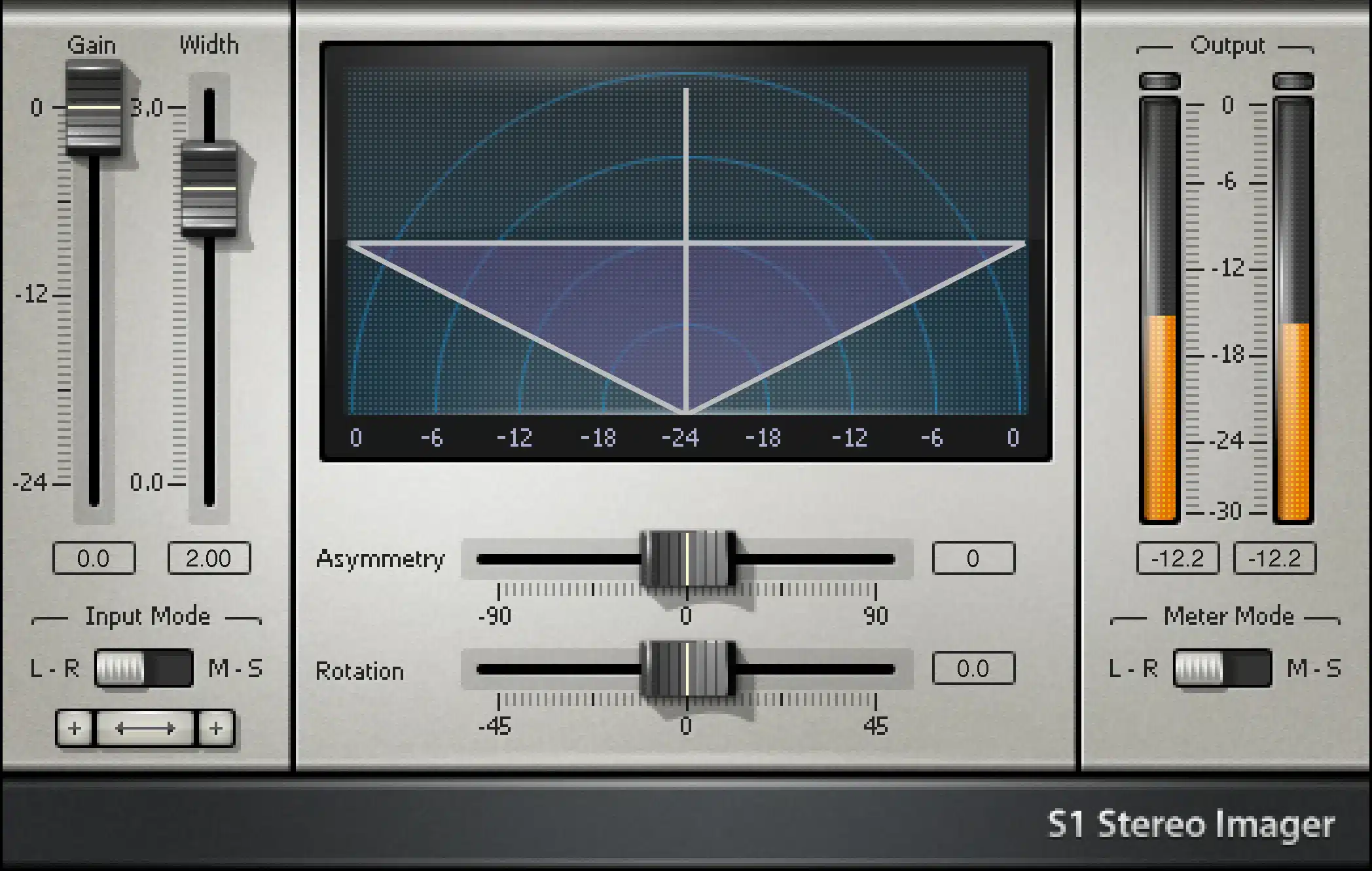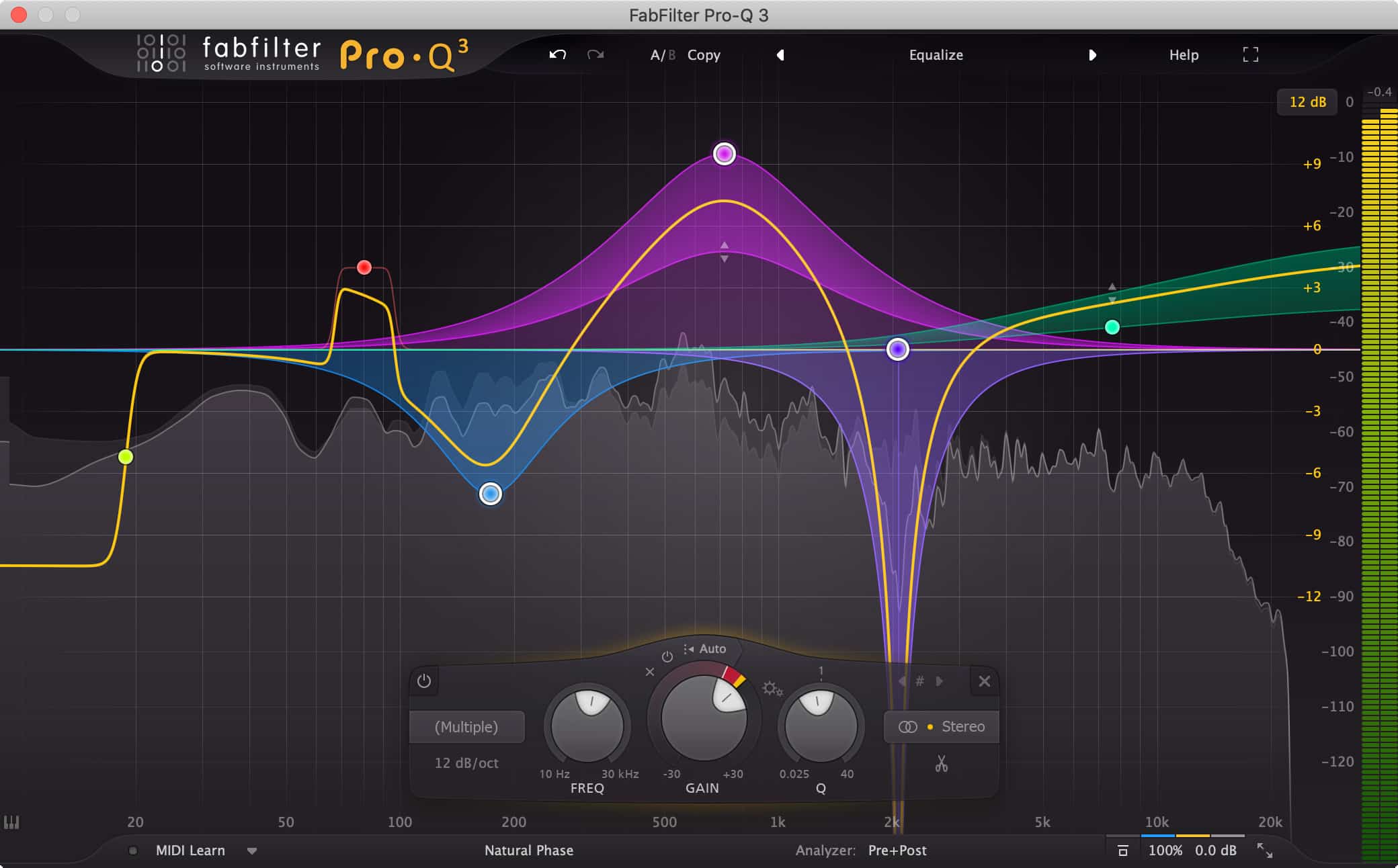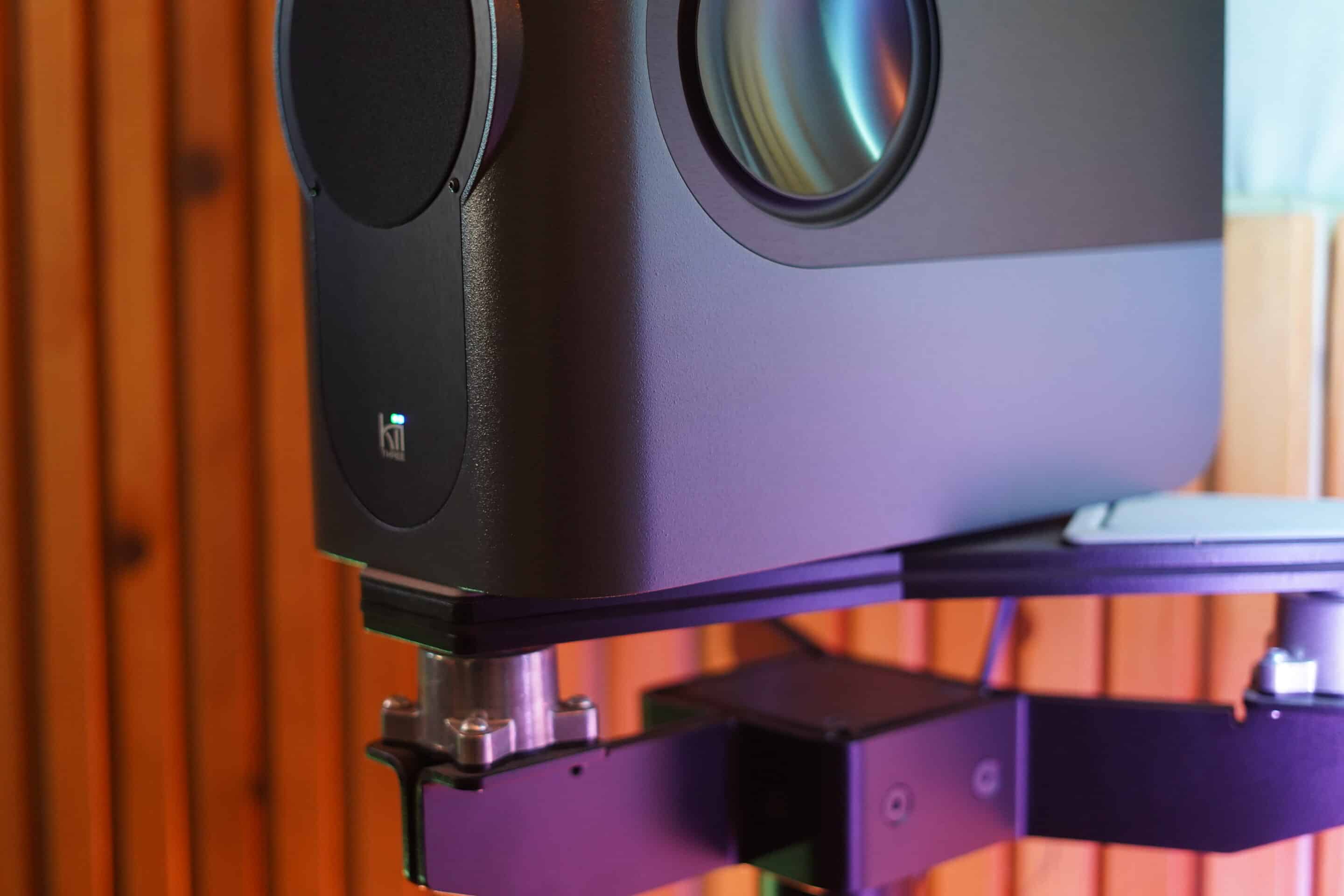Mastering the Post Malone Vocal Effect: A Deep Dive into Illangelo’s Mixing Techniques
Introduction
Post Malone’s distinctive vocal style is not just a product of his unique voice but also the result of sophisticated mixing techniques. These techniques, perfected by mixers like Illangelo, combine technology and artistry to create a sound that’s instantly recognizable. This section explores the nuances of these techniques, offering insights for audio engineers and enthusiasts aiming to replicate Post Malone’s vocal style.
Detailed Vocal Chain Analysis

Post Malone AutoTune Settings
- Refined Auto-Tune Usage:
- Retune Speed: Set at 40, this speed is critical for avoiding the robotic sound often associated with auto-tune while still providing pitch correction. It’s a delicate balance that maintains the natural timbre of the voice.
- Low Cut Filter: The application at 138 Hz is a strategic move to eliminate unwanted low-frequency rumble and muddiness. This setting might vary depending on the vocal’s natural pitch and the song’s key, highlighting the importance of contextual adjustments.
- Dynamic Range Management with Waves Vocal Rider:
- This plugin acts like an automated hand on the volume fader, ensuring that the vocal sits consistently in the mix. It’s a more natural alternative to compression.
- Optimal Settings: The range (+12 to -2 dB) and speed (fast) are set to respond to the vocal’s dynamic fluctuations, with the threshold tailored to the level of the incoming signal.
- Noise Gate and Expansion with FabFilter Pro:
- This step is crucial for cleaning up the vocal track, especially after compression and EQ, which can amplify background noise and breath sounds.
- Technique: The gate expander is used to silence parts of the track where the vocal is not present, thereby reducing noise and creating a cleaner sound.
- Multiband Compression with Pro MB:
- Illangelo’s approach involves using multiband compression to balance different frequency ranges in the vocals.
- Specific Settings: The lower band (100 Hz to 2 kHz) and the higher band (2 kHz to 10 kHz) are adjusted to ensure that both the body and clarity of the vocals are maintained, with careful attention to attack, release, and ratio settings.
- Sibilance Control with Pro DS:
- De-essing is a subtle yet vital step in ensuring that the vocal’s sibilance (the ‘s’ and ‘t’ sounds) doesn’t become harsh or distracting.
- Application: The reduction range is set to avoid over-compression, which can make the vocals sound suppressed or lifeless.
- Peak Limiting with Waves L2:
- The L2 limiter is adept at smoothing out peaks without introducing audible distortion, ensuring the vocals don’t clip while maintaining their energy.
- Balancing Act: The threshold and makeup gain are adjusted in tandem to control the vocal’s peak levels while preserving its dynamic range.
- Bus Control and Final EQ Touches:
- By routing the vocals to a bus, you gain centralized control over the collective vocal tracks.
- EQ Enhancement: The MAG EQ4’s boost at 20 kHz adds airiness and presence, a subtle touch that can make the vocals stand out in the mix.
Practical Tips for Implementation
- Context is Key: Always adapt these settings to suit the specific vocal track you’re working with. Each voice is unique, and what works for one might not work for another.
- Experimentation: Don’t be afraid to experiment with different settings and plugins. Mixing is as much about creativity as it is about technical know-how.
- Reference Tracks: Use Post Malone’s tracks as reference points. Analyze how his vocals sit in the mix and try to replicate that balance in your projects.
Conclusion
Replicating Post Malone’s vocal sound requires a blend of technical skill and creative intuition. By understanding and applying these advanced mixing techniques, you can approach the polish and professionalism of Post Malone’s music. Remember, the goal is not to copy but to be inspired by these techniques to find your unique sound.








